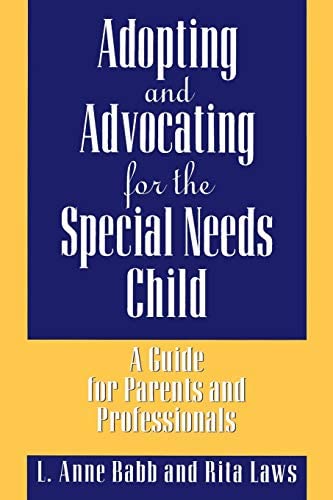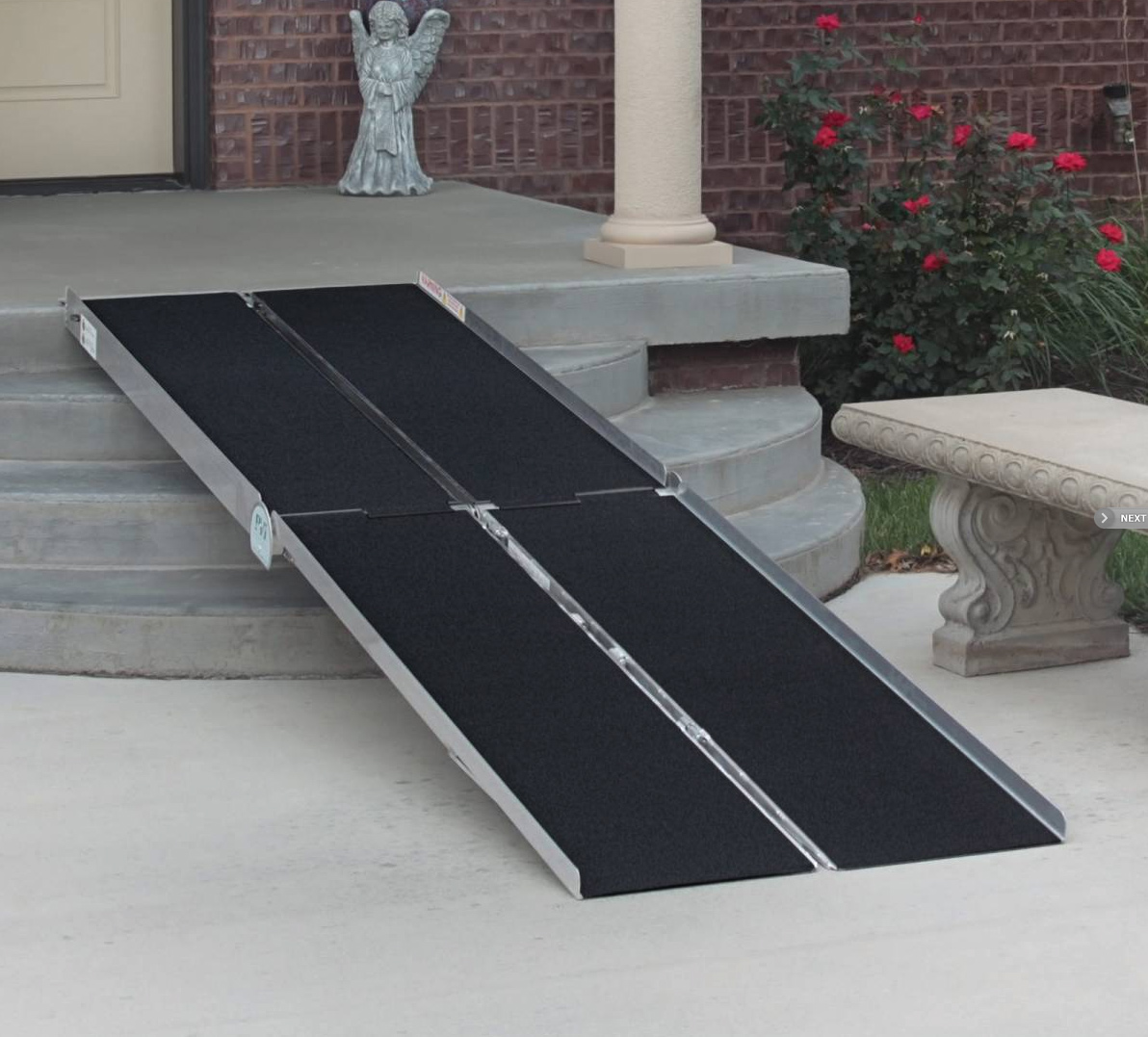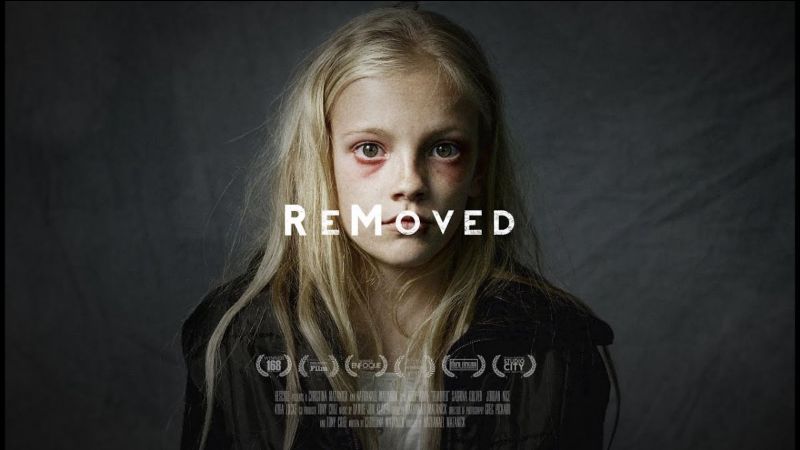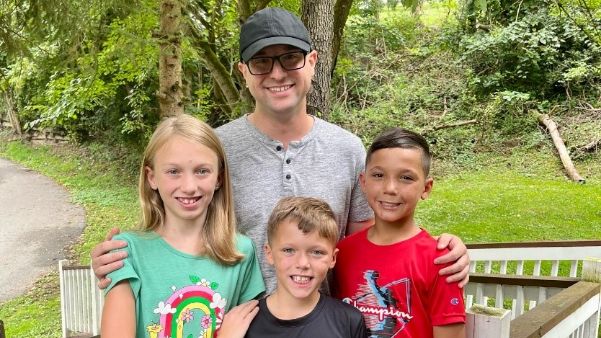November 2022

November 2022 - Disability and Foster Care
More and more children in the state of West Virginia, and all over the country, need safe and loving foster homes. Of those children, those with disabilities are three times more likely than their non-disabled peers to be abused or neglected. According to federal child maltreatment data, 12.7 percent of maltreated children were reported to have a disability in 2014, and as of 2016, one third of children in foster care in the United States were reported to have a disability (Child Welfare Information Gateway, 2018). For parents, child welfare professionals, foster families, caregivers, service providers and community representatives, this information sheds light on how the most vulnerable children, amongst an already exploited population, are more at-risk of maltreatment. The responsibility to ensure a child’s needs are met, their rights are honored, and they are free from harm falls on the shoulders of every adult. Let’s discuss risk factors, protective measures, and supports for when a child with a disability experiences abuse or neglect and learn more about foster care in West Virginia.

Featured Resources
All featured resources are available to borrow from the DRL
Browse more resources.Child Maltreatment: An Introduction
By: Cindy L. Miller-Perrin & Robin D. Perrin
Adopting and Advocating for the Special Needs Child

By: L. Anne Babb and Rita Laws
Adopting and Advocating for the Special Needs Child bridges the gap between the desire to help a waiting child and the reality of America's special needs adoption system. It is designed to be used by adoption professionals and adoptive parents, to help them get started, keep going and find more information and support they may need. The authors are adoption professionals, long-time support volunteers, child advocates, and mothers of a total of 21 children, 13 of them adopted children with special needs.
Recognition of Child Abuse for the Mandated Reporter
By: Angelo Giardino M.D., Ph.D and Eileen R. Giardino, Ph.D., R.N., C.R.N.P.
This practical reference helps professionals fulfill their legal and ethical responsibility to report child abuse with a high level of confidence and effectiveness.
Featured Technology
The Picture Exchange Communication System (PECS)
A collection of some of the most commonly used pictures for the PECS system. This device promotes speech and aides in communication with attributes for precise requests or comments.
Wheelchair Ramp

If home accessibility has been a barrier for fostering a child with a mobility assistive device, a wheelchair ramp could solve the problem and get the child into your home safely. The EZ-Access ramp allows for access into vehicles, up stairs and over curbs. It is easily folded and portable suitcase style. The library has different size ramps to meet various needs.
Web Resources
- U.S. Department of Health and Human Services
- West Virginia University CED Resources for Children and Families
- Disability Rights WV
- West Virginia's Center for Children's Justice
- Child Welfare Information Gateway
Preventative Measures
Offer support. Being a parent is not easy, especially with the added challenges of being a parent to a child with a disability. Be a friend, confidant and support system for parents in your community (Child Welfare Information Gateway, 2019).
Promote mental health care. Encourage parents in your circle to take care of themselves, to go for a date night, get some rest, have down time, attend a support group or seek therapy (Child Welfare Information Gateway, 2019).
Engage the community. Family-friendly workplaces, positive parenting culture, early intervention programs, parent training and education, and social programs to support lower-income or single income families and other at-risk populations are societal approaches that contribute to prevention efforts. (Child Welfare Information Gateway, 2018)
Avoid assumptions. Children of all abilities should be taught about body autonomy and body safety. They should be able to name their body parts with correct language and told the difference between appropriate and inappropriate touch. They should be told that they have a right to say “no”. (Ives, 2015; Mostafavi, 2020)
Responding to suspected or confirmed maltreatment
Be a safe place. Create an environment free of judgement so that a child may feel comfortable confiding in you if something has happened that made them uncomfortable. Do not offer advice and do not draw out more information or details. Be an empathetic listener. Try to remember as many details as possible, but do not interrupt the child to have them repeat themselves or to take notes. (Kezelman & Stavropolulos, 2017)
Share information with the proper channels. Do not promise children that you can keep their secrets if they disclose abuse or neglect to you. Reassure the child that your priority is to keep them safe. To report suspected abuse or neglect of a child, call Centralized Intake at 800-352-6513. When reporting, keep information as factual as possible.
Myth Busters
Nobody would abuse children or adolescents with disabilities because everyone feels sorry for them.
Research indicates that children and youth with disabilities are at increased risk of being abused than their non-disabled peers Additionally, most abuse happens at the hands of a caregiver or close adult, including paid support staff. (Child Welfare Information Gateway, 2018).
If children and adolescents do not know that they are being abused, they will not suffer any consequences. Research on the effects of trauma suggests that the opposite may be true, as an individual with intellectual impairment or an inability to communicate would not have the healing ability to process through the experience (Healing After Child Sexual Abuse, 2011).

Gain some insight – ReMoved
It is very difficult to put oneself in the shoes of a child in foster care, however, this video sheds light on the situation from a child’s perspective. Please watch with caution, as the video depicts child neglect and violence and can be upsetting to some viewers.
How to become a foster care provider in your community
The need for foster parents continues to grow in the state of West Virginia; especially for parents who will accept children with disabilities for foster care. All children deserve to have safe, stable, and loving families to come home to. If you would like more information in ways you can certify your home to provide foster or adoption services, please contact Mission West Virginia to speak with a family liaison and refer to the Mission West Virginia county listings to see agency options by county.
WVU Center for Excellence in Disabilities Specialized Family Care Program
The Specialized Family Care (SFC) Program is in place to help link adults and children who have intellectual or developmental disabilities with families that are willing to open their homes to them and offer loving family environments. SFC allows a person to continue living in the community in safe, loving family units, rather than being confined to an institutional setting or left unattended without care in the community. SFC also gives help to families who care for their loved ones at home by providing part-time care for their family member over short periods of time, and then have their loved one returned to their own homes.
Resources for foster/adoptive and kinship providers
The CED has many programs that can help families to feel better supported and in better control of their home life through training and education, support groups, mentorship, behavior intervention, service connection and resource referral. Please explore some of the program options below:

As a father of three, educator, and former foster parent, Kevin has positively impacted the lives of hundreds of children over the course of his career. Kevin currently works as the EdTech Leader at North Elementary in Morgantown, WV, but up until 2019 was a classroom teacher for fourth and fifth grade students.
Kevin was recognized as the Monongalia County Teacher of the Year in 2017 and received the Extra Yard for Teachers award from West Virginia University athletics, which allowed for the purchasing of 3D printers and supplies for his students. He has written and received many grants for North Elementary to promote STEAM programming and outdoor and garden-based learning opportunities.
"Seeing children grow every year in school has always been a marvel for me, and I have loved being a part of that growth.” Kevin’s love for children and love for the impact he can have on a child’s life led him to pursue his greatest accomplishment yet…fatherhood. Despite the challenges of fostering, Kevin reported that “without a doubt, my most recent biggest accomplishment has been becoming a father four years ago through Children’s Home Society of Morgantown and foster care, and doing so as a single parent. I have since adopted all three of my children from foster care, and am grateful for the village of support that has been built around my family."Kevin has served as a support and mentor to other foster parents by participating in trainings, panel discussions, and most recently certifying his home to provide respite services to other foster families. “If you have ever thought about becoming a foster parent, I would highly recommend it. It is truly a life changing experience, if you haven’t thought about becoming a foster parent, find a way to support the children in the system or those around you that are foster parents. Becoming a foster parent has its unique challenges, and oftentimes those who have become a foster parent just need someone to reach out to them to help or to let them know you are there to support them."
Kevin recently graduated with his Master’s in Education Leadership from Western Governors University and hopes to one day be a Principal or Vice Principal of an elementary school where he can continue to ensure the best for children. Check out Kevin's blog, Instant Dad, to read his personal testimony of his foster care and adoption journey. Thank you for all you do, Kevin! Today and every day.
References
Child Welfare Information Gateway. (2018). The risk and prevention of maltreatment of children with disabilities. Washington, DC: U.S. Department of Health and Human Services, Children’s Bureau.
Child Welfare Information Gateway. (2019). Parent education to strengthen families and reduce the risk of maltreatment. Washington, DC: U.S. Department of Health and Human Services, Children’s Bureau.
Healing after Child Sexual Abuse (2011). RAINN. Retrieved from https://www.rainn.org/news/healing-after-child-sexual-abuse
Ives, K. (2015, July 21). Actual anatomy: teaching your children body parts. Colorado Coalition Against Sexual Assault. https://www.ccasa.org/actual-anatomy-teaching-your-children-body-parts/
Kezelman C., Stavropoulos P. (2017) Talking about Trauma: Guide to Everyday Conversations for the General Public: Blue Knot Foundation
Mostafavi, B. (2020, March 25). 7 Ways to talk to your child about good and bad touch. Michigan Medicine Children’s Health Blog. https://healthblog.uofmhealth.org/childrens-health/7-ways-to-talk-to-your-child-about-good-and-bad-touch
Do you know someone you'd like to nominate to be featured as a Child's Champion in our monthly newsletter? Please let us know! Contact Courtney Ringstaff, Paths for Parents Program Manager at the Center for Excellence in Disabilities, via email at courtney.ringstaff@hsc.wvu.edu or by phone at 304-293-4692.
